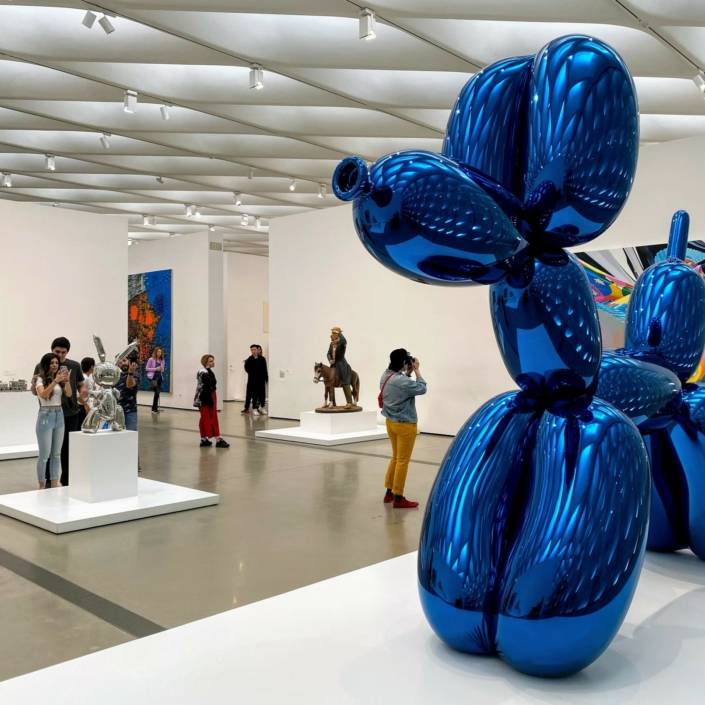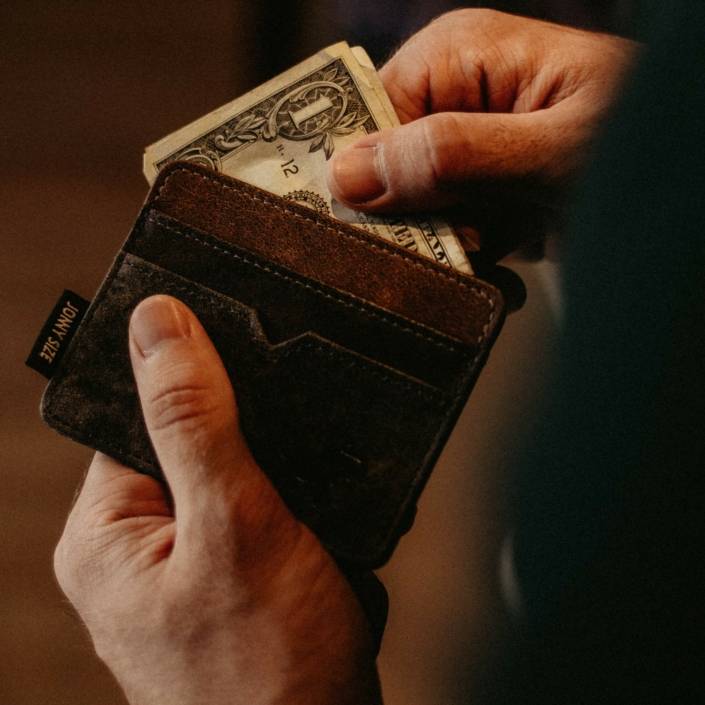Money Sullies Art: Good Value
When old rules founded on considerations of resale value and a return on investments get involved in decisions about buying contemporary art, the collector can get needlessly thrown off balance.
Words: Courtney Kidd
Art and money have never been easy bedfellows, they get in the way of each other. Art wants to reveal itself as the outcome of a pure and integral creation from the maker, cocooned far from commercial enterprise. Money, that filthy lucre, wants to show that it has the power to consume at all costs. It is an ancient tryst despite the notion of the art collector, the one at the coalface of this nexus, being relatively new.
This regular column asks, where does all of this place the contemporary collector and the idea that art is cultural capital, with a value beyond its monetary worth? What cautions should the contemporary collector heed amidst the desire to own a cultural object or to leverage wealth in the buying of contemporary art?
The successful painter of luminous landscapes, Philip Wolfhagen, gives this advice to the collector today: “The secondary market for art is the most brutal in sorting the ‘shit from the clay’ in terms of value.” He explains the monetary value of an artwork at the primary sale from an exhibition in a commercial gallery may be different if the same artwork turns up at an auction room. Some collectors may be disappointed, while smart collectors may make a profit. “I am not saying I think this is the only measure of value. Sometimes fashion favours some art in the short term, so we have to take a longer view.”
One thing is certain: when old rules founded on considerations of resale value and a return on investments get involved in decisions about buying contemporary art, the collector can get needlessly thrown off balance. Here are some of the old rules, and a look at how relevant they really are now.
Rule #1: Don’t buy green
“It is a fallacy. Green is a nourishing colour,” says Andrew Shapiro, who has been operating in the auction industry for more than 30 years. “Many artists use green effectively. Think of the wonderful slashes of green in Stanislav Rapotec’s paintings, the seductive greens in Emily Kngwarreye’s works. It used to be black and white that was not appealing to collectors, then that came into fashion. We’ve had some cracking sales with work that used green.” Shapiro cites the successful sale of John Coburn’s Rite of Spring and Spring Garden in 2018. The latter oil on canvas measuring 50 by 75 centimetres was estimated to sell for between $10,000 and $15,000. It sold for $26,000.
Rule #2: Don’t buy the last piece from a show
Gallerist Brenda May of Sydney’s May Space has been successfully supporting emerging and mid-career artists since 2001. “I’ve never sold the last piece from a show,” she comments. “Everyone is frightened by that piece, that it might be somehow faulty. But it can be the best work in the show, perhaps not the most accessible work. Buyers need to have confidence in their own gut response. That is what makes collecting and a collection special.”
Rule #3: Don’t swap the original frame
Annette Larkin spent 11 years at auction house Christie’s and now owns a dealer gallery in Sydney. She believes that, “Unless it is proven that the frame was a late addition by the artist, it is often better to get a more appropriate frame to when the work was made. It’s a case-by-case scenario as to whether the original frame influences the resale value of the work.”
In some instances, the original frame that the artist has chosen will enhance the work and its value, as will original stickers on the back of the work and certificates of authenticity – these are worth preserving.
Rule #4: Don’t buy works on paper
Larkin notes that works on paper are one of the most undervalued areas of collecting. “It’s a problem, partly because so many houses are damp ridden. Works with tears etc. can be economically restored. [Some] Margaret Preston works, for example, have foxing and damage due to the quality of the paper and damp. They didn’t use acid free paper back then but now we have great conservation.”
Rule #5: Don’t buy emerging art
“But it is the most exciting area to collect!” says Shapiro. “And it is an affordable area too. You have to use your judgement and throw the dice. Examine the aesthetics, the composition of a work, throw yourself into it. That is part of the thrill of collecting.”











